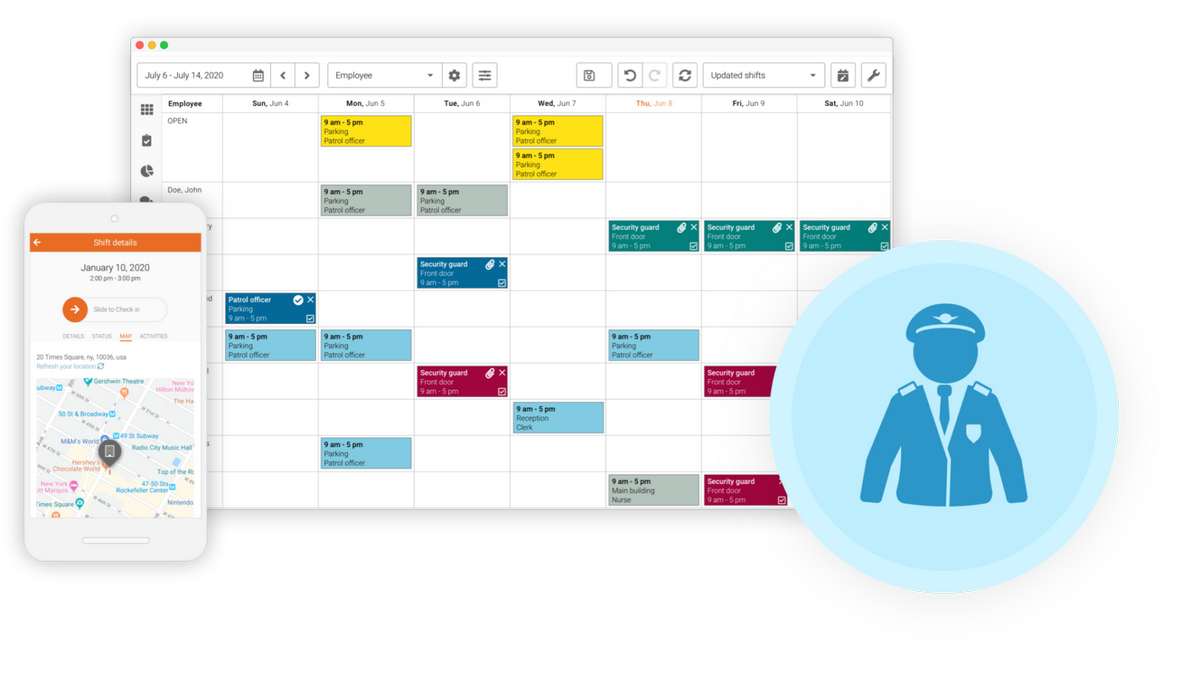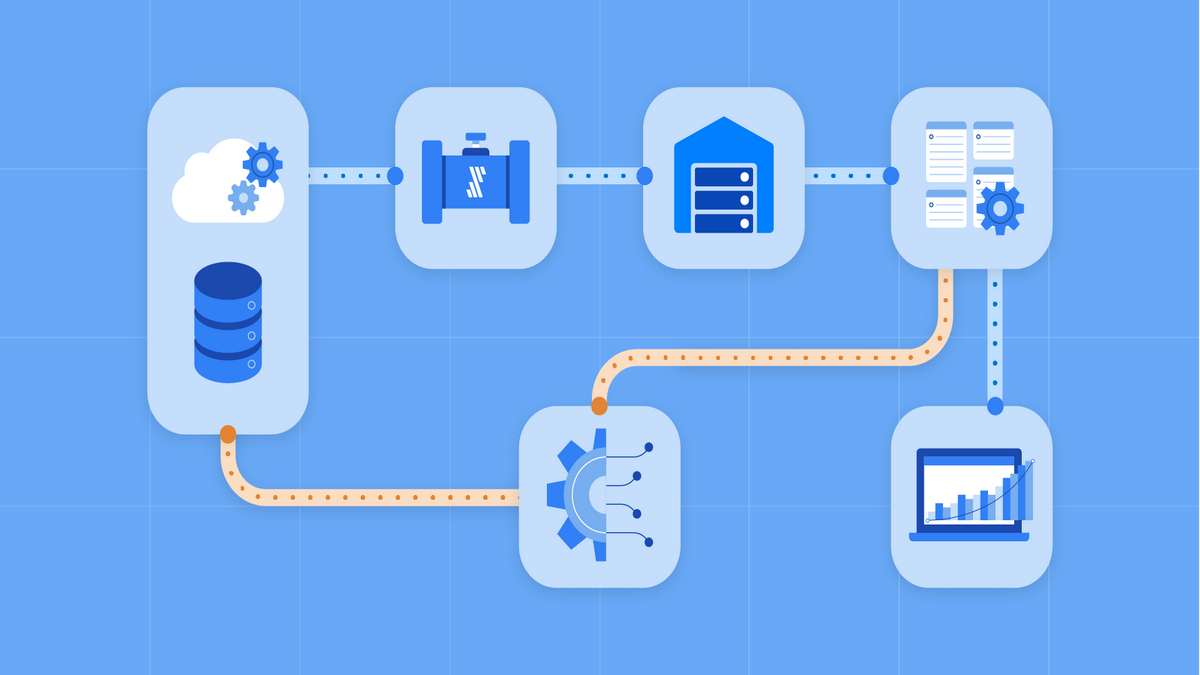
In the world of storing and analyzing data on the internet, Snowflake is a top choice. It’s good at handling lots of data and can easily adapt to different needs. However, like any cloud service, managing costs is a crucial aspect of ensuring optimal utilization and maximizing ROI. This article tells you the best practices for mastering cost management, enabling businesses to harness the power of this platform while keeping expenses in check.
Right-Sizing Virtual Warehouses
One of the most impactful ways to manage Snowflake costs is by optimizing the size of your virtual warehouses. Virtual warehouses are compute clusters used to process queries in Snowflake. By selecting the appropriate size for your workload, you can avoid overprovisioning and reduce unnecessary expenses. Snowflake offers various sizes for virtual warehouses, each with different levels of computing power. Monitoring query performance and adjusting the warehouse size based on workload demands can lead to significant cost savings.
Automatic Clustering
Snowflake employs automatic clustering to organize data efficiently, improving query performance and minimizing storage costs. When data is loaded into Snowflake cost management, it’s automatically organized into micro-partitions based on the values in specific columns. This feature eliminates the need for manual data partitioning and ensures that queries only access the relevant data, reducing data scan costs.
Data Compression
Efficient data compression can substantially impact storage costs in Snowflake. Using appropriate compression techniques allows you to store more data in less space. Snowflake supports various compression algorithms, such as Zstandard and Run-Length Encoding (RLE). Analyzing your data and applying the most suitable compression method can lead to substantial cost savings over time.
Data Sharing and Access Control
Snowflake allows you to share data seamlessly with other accounts, enabling collaboration and reducing data duplication. However, it’s essential to manage data sharing effectively to avoid unintended cost escalations. Implement access controls and data-sharing policies to ensure that only authorized users and accounts access the shared data, preventing unexpected spikes in usage and associated costs.
Monitoring and Optimization
Continuous monitoring and optimization are cornerstones of efficient Snowflake costs. Utilize Snowflake’s built-in monitoring tools and integrations with third-party monitoring solutions to gain insights into resource utilization, query performance, and overall cost trends. Regularly review query history, analyze usage patterns, and identify opportunities for optimization, such as tuning queries for better performance or resizing virtual warehouses based on workload changes.
Data Lifecycle Management
Not all data is created equal, and managing its lifecycle can significantly impact costs. Define data retention policies and regularly assess data relevance. Inactive or historical data that’s rarely accessed can be stored in lower-cost storage tiers, such as Snowflake’s archival storage, rather than incurring higher costs in the standard storage tier.
Query Optimization
Well-optimized queries improve performance and reduce costs by utilizing resources more efficiently. Avoid using “SELECT *,” which retrieves all columns, leading to higher data scan and processing costs. Instead, explicitly specify the required columns to minimize unnecessary resource consumption. Use Snowflake’s query profiling and optimization features to identify bottlenecks and make necessary adjustments.
Resource Synchronization
In environments with multiple users and workloads, resource synchronization is crucial to prevent resource contention and cost spikes. Use resource monitors to allocate resources effectively across different workloads, ensuring that critical queries receive the necessary compute power while preventing unnecessary resource consumption by non-critical tasks.
Scaling Strategies
Snowflake’s elasticity allows you to scale up or down based on demand. Implement intelligent scaling strategies to accommodate varying workloads efficiently. Consider using auto-suspend and auto-resume features for virtual warehouses to automatically pause and restart resources when they’re not in use, minimizing costs during idle periods.
Mastering Snowflake cost management requires a combination of technical know-how and strategic planning. By implementing these best practices, businesses can harness the full potential of Snowflake’s cloud data warehousing capabilities while maintaining control over costs.



